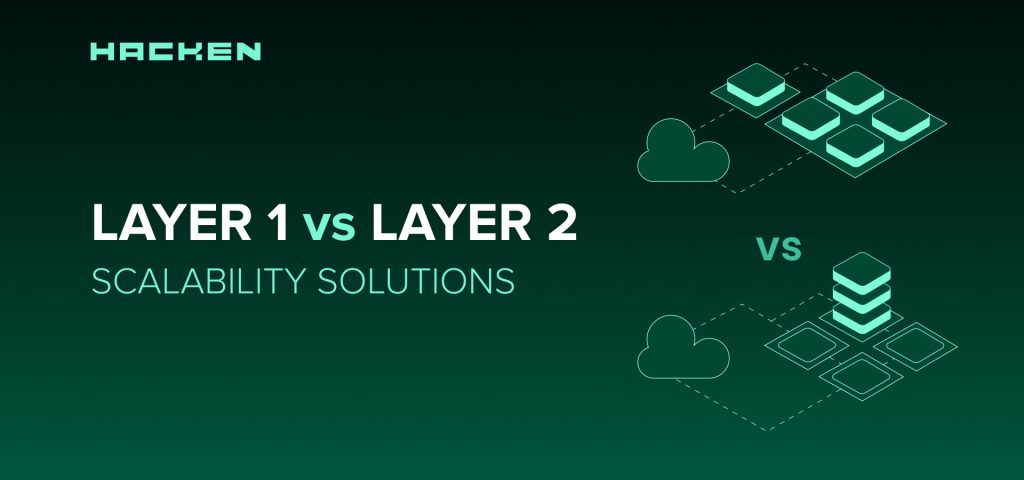
Introduction to This Article:
Blockchain technology has revolutionized the way we exchange and store digital assets. However, It is a decentralized, distributed ledger that records transactions transparently and immutably in simple terms. Furthermore, there are two types of solutions that exist within the blockchain ecosystem – Layer 1 protocols and Layer 2 solutions. Although, In this article, we will explore Layer 1 Protocols vs Layer 2 Solutions.
Layer 1 Protocols:
Layer 1 protocols refer to the underlying blockchain network itself. These protocols are responsible for defining the rules and consensus mechanisms that govern the network. For example, Bitcoin, Ethereum, and Cardano.
Layer 1 Protocols vs Layer 2 Solutions – Advantages of Layer 1 Protocols:
Here are some advantages of Layer 1 protocols:
- Based on a decentralized and immutable ledger, Layer 1 protocols provide a high level of security.
- These protocols can support a wide range of use cases and applications.
- Typically, they are self-sufficient, meaning that they function without relying on any external systems or technologies.
Layer 1 Protocols vs Layer 2 Solutions – Disadvantages of Layer 1 Protocols:
However, Some drawbacks of Layer 1 protocols include the following:
- Layer 1 protocols can be slow and expensive to use, especially when it comes to processing large amounts of data.
- Their processing capacity for transactions per second is often limited.
- Upgrading Layer 1 protocols can be challenging, as it requires a consensus among network participants.
Layer 2 Solutions:
Layer 2 solutions refer to technologies that are built on top of existing blockchain networks. These solutions aim to address some of the scalability and performance issues associated with Layer 1 protocols. For Example Lightning Network and Plasma.
Layer 1 Protocols vs Layer 2 Solutions – Advantages of Layer 2 Solutions:
Here are some advantages of Layer 2 solutions:
- Layer 2 solutions can significantly improve the scalability and speed of blockchain networks.
- They can support a wide range of use cases and applications, just like Layer 1 protocols.
- Upgrading Layer 2 solutions is typically easier than upgrading Layer 1 protocols.
Layer 1 Protocols vs Layer 2 Solutions – Disadvantages of Layer 2 Solutions:
However, Some drawbacks of Layer 2 solutions include the following:
- Layer 2 solutions may be less secure than Layer 1 protocols, as they rely on the underlying network for their security.
- They may require additional technical expertise and infrastructure to operate effectively.
- Layer 2 solutions may introduce new complexities and potential points of failure into the blockchain ecosystem.
Conclusion:
In Conclusion, both Layer 1 protocols and Layer 2 solutions are essential for blockchains. Moreover, Layer 1 sets the base for networks, and Layer 2 enhances their scalability and performance. As the ecosystem expands, we’ll see more advancements in both areas, with new solutions emerging to suit diverse use cases and applications.
